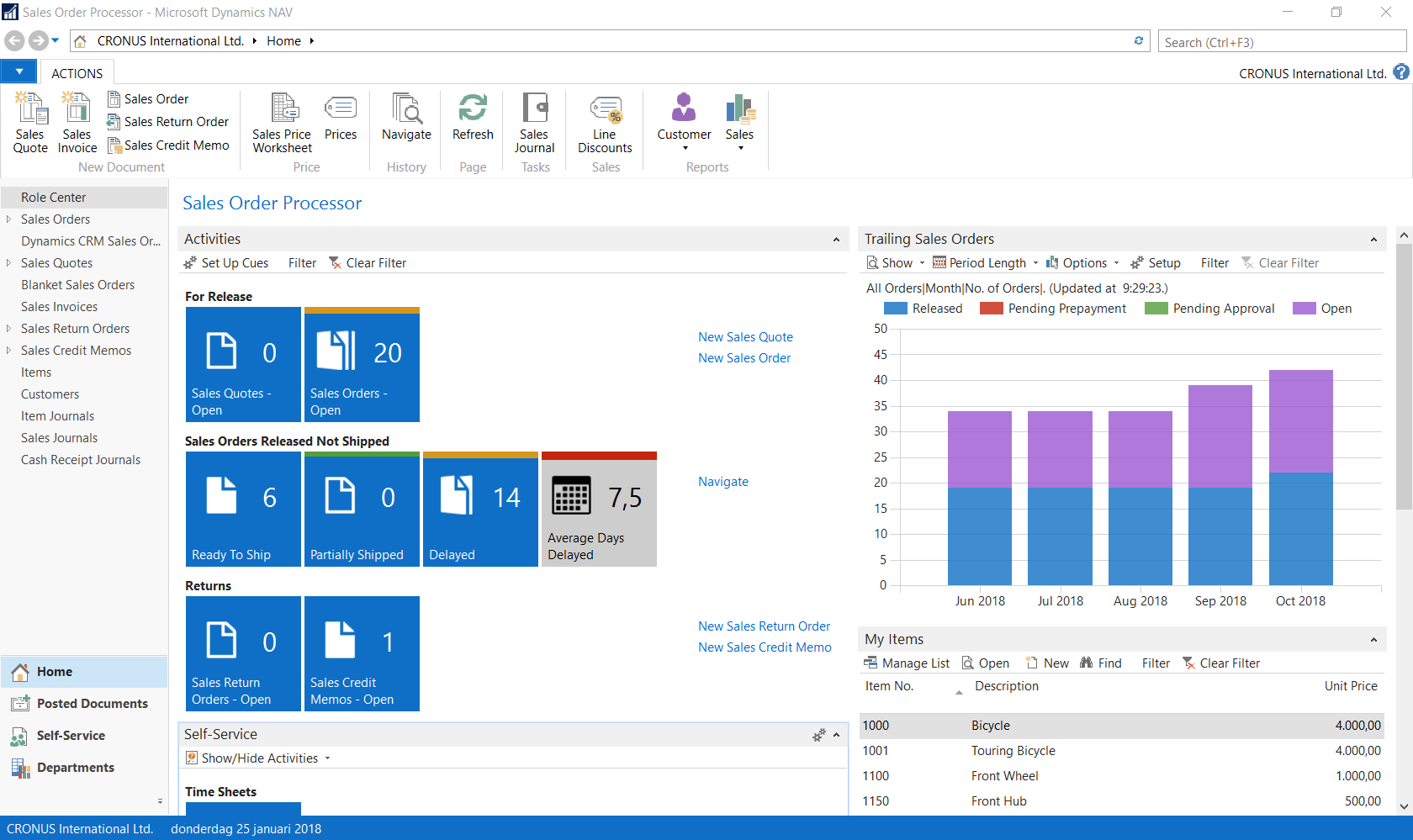Microsoft 365 Family subscription unlocks location alerts and driving safety features in mobile app. Location permissions must be active to receive alerts. Drive safety only available in the United States, United Kingdom, Canada, and Australia. Outlook for Microsoft 365 Outlook for Microsoft 365 for Mac Outlook 2019 Outlook 2016 Outlook 2013 Outlook 2010 Outlook 2007 Outlook 2016 for Mac Outlook for Mac 2011 Outlook.com Outlook 2019 for Mac Outlook Web App More.
Topics Map > Migration > End User
Topics Map > Migration > Support Staff
Topics Map > Features and Functionality > Client Capabilities > Desktop
This document will guide you through the steps needed to reconnect your local .pst file to your UW-Madison Office 365 Outlook profile.

Note: For details on .pst/.ost files, review Office 365 (Outlook for Windows/MacOS) - Data files documentation.
Important: By February 28, 2017, Office 2013 version Office 365 ProPlus is no longer available for installation with an Office 365 subscription. Microsoft will no longer push any updates to Office 2013 suite of applications - complete details.
How to identify the name and location of your personal folders file

Microsoft Outlook for Windows
Sign In To Office 365
- Start Outlook.
- Click the File tab in the Ribbon, and then click the Info tab on the menu.
- Click the Account Settings tab.
- Click Account Settings again.
- Click Data Files.
Checking the default locations in addition to verifying the existing location is always recommended as there might be some disconnected pst-files which you might have forgotten about but still like to keep anyway. The default locations to check are:
C:Users%username%AppDataLocalMicrosoftOutlookC:Users%username%DocumentsOutlook Files
You may have more than one .pst file you are using. Note the path and file name of each of these files. The name of any .pst file (other than the default - Outlook.pst) will be the same name within your folder structure.
- Click Close, click OK, and then click Exit and Log Off on the File menu to quit Outlook.
How to backup/copy your personal folders file (.pst)
Caution - the Office 365 support team does not recommend storing data locally for the following reasons:
- Security - if someone gets access to your computer, they can easily extract the data from the local data file.
- Loss of data - if the data is not backed up, it cannot be recovered.
- Deleted data - if deleted, Microsoft's recovery tool cannot be used to restore the data.
Ms Outlook 365 Login Email Account
If you found a local pst file, use the instructions below to backup/copy. If you do not have one and want to create one, follow these instructions: create an Outlook data file. After you have created a local pst folder, you will need to manually move/copy items into it. If you use the move command, it will remove the item from within your Office 365 account and place it within your local folder. This means it will no longer be visible in Outlook on the web and can only be accessed from the computer where you have this local file configured.
- On the Start menu, point to Programs, and then click Windows Explorer.
- Browse through the files to the location of your .pst file (from above).
- Copy your .pst file to the location that you want.
How to point Outlook to your new personal folders file
Important: If you have reconfigured Outlook with a new proflle, use the steps below to connect your pst file to this profile.
Microsoft Outlook for Windows
Outlook Office 365
- Click the File tab.
- Click Open and Export
- Click Open Outlook Data File.
- Search and find the .pst file you want to connect, and then click OK.
- On the File menu, click Exit.
- Restart Outlook.
Outlook Sign In 365 Office
See Also:
